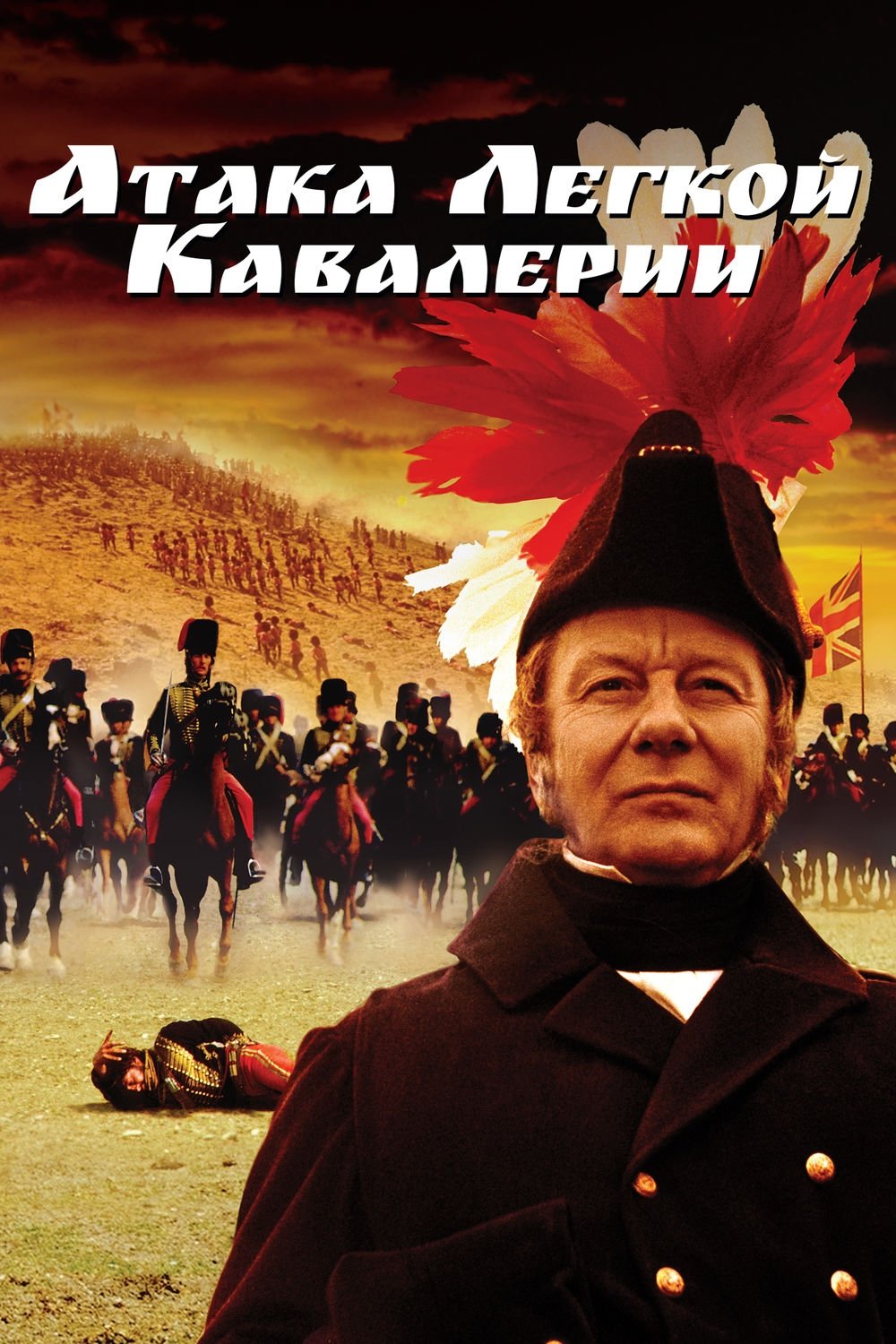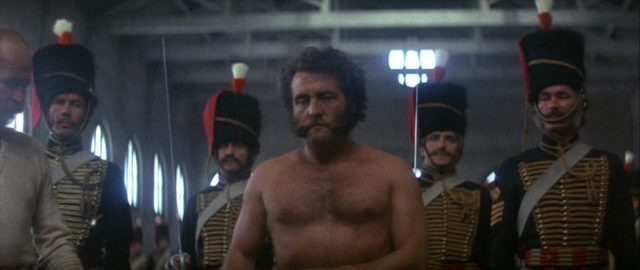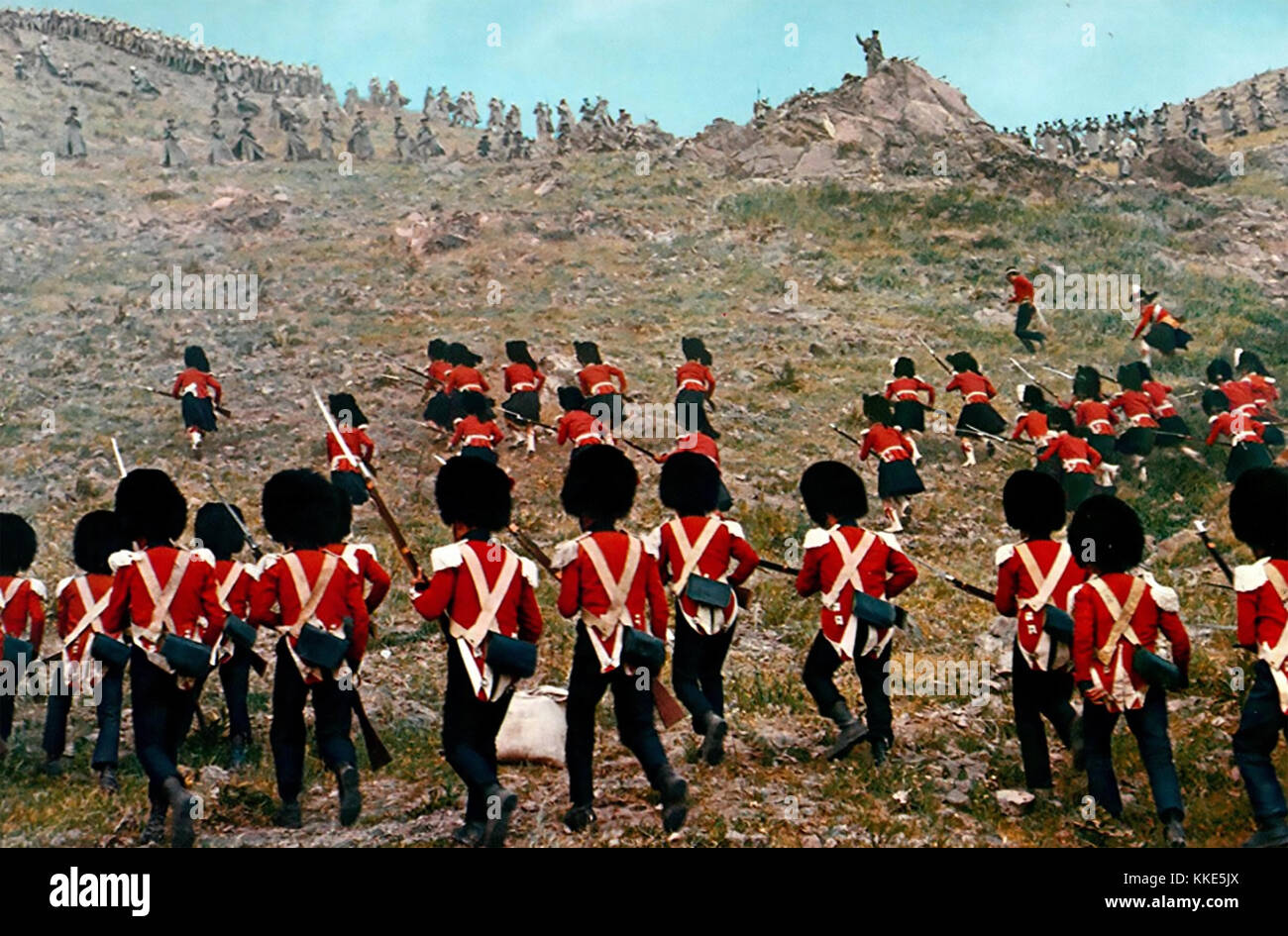
Fort Russell at that time was among the largest cavalry bases in the United States Army. Russell near Cheyenne, Wyoming to have between 750 and 800 of his federal troopers to perform as British cavalry units and as Russian artillery crews and supporting infantry. Searle Dawley made arrangements with the commander of Fort D. In order for Edison Studios to produce in 1912 a large, believable recreation of the famous charge, director J.

Charles Sutton as Lord Lucan, commander of the British cavalry division.James Gordon as Lord Raglan, commander-in-chief of the British forces.Benjamin Wilson as Captain William Morris.The film closes with the battered survivors of the British brigade returning to their lines and being cheered for their bravery by their fellow soldiers.Ĭast Captain Nolan (Neill, center) and Captain Morris (Wilson) bid farewell to their wives (uncredited actresses) Ultimately, the attack by the "Noble six hundred" ended with 298 of their number either being killed, wounded or captured, and nearly 400 horses lost. The attack manages to overrun temporarily a few Russian artillery positions, but achieves no tactical advantage.

Scenes simulating dead horses and riders lying on the field are shown, intended to represent the devastating losses suffered by the brigade in the 1854 charge. A carnage now ensues with the brigade being mauled by the Russian guns. The film now portrays Captain Nolan rushing to halt the misdirected charge once he realizes the mistake, but he is knocked from his horse by cannon fire and killed. Drawing sabres and lowering their lances, the troopers charge. Cardigan and his 673 men dutifully obey the order even though their mission appears to be a near-suicidal task, offering little chance of success.
#Charge of the light brigade movie 1968 full
When he delivers the orders, Nolan appears to gesture in the general direction of Russian batteries guarding the end of the valley instead of toward Raglan's intended objective, captured British guns positioned elsewhere.ĭespite the mix-up in Raglan's orders, Lucan commands his subordinate Lord Cardigan, to lead a full charge of his light brigade into the valley, which is heavily fortified on three sides by lines of Russian cannons. Lucan, also on horseback, is forward in the field and is scanning the enemy as well. The film then depicts Captain Nolan taking Raglan's orders and riding to relay them to George Bingham, the Earl of Lucan, who commands the army’s cavalry division. Lord Raglan, the one-armed commander-in-chief of Britain’s Crimean forces, is portrayed on horseback issuing orders of engagement as he surveys the terrain and Russian troop positions. Scenes then depict cavalry units preparing for action the next day. After the men leave the room, the film cuts to scenes much later in a British encampment in the Crimea, near the small harbor town of Balaklava, where Morris and Nolan are writing letters as fellow troopers assemble the evening before the battle. The film opens with two young British cavalry officers, Captain William Morris and Captain Louis Nolan, leaving home and bidding farewell to their wives in the parlor of the Nolans' residence. Intertitles with verses from Lord Tennyson's 1854 poem are presented throughout the film. An 11-minute print of that 1916 rerelease survives, copies of which can be viewed today on various streaming services.

The film was originally released in American cinemas on October 11, 1912, and four years later rereleased under a renewed copyright by Thomas Edison, Inc. Russell at Cheyenne agreed to provide "about 800" troopers and "their trained mounts" to the Edison project.

Fortunately for Dawley, the commander of United States Army cavalry at Fort D. In order to produce a sizable and believable recreation of the charge, the director needed a very large number of horsemen. The film's action scenes and landscape footage were shot between late August and early September 1912, while Dawley and his company of players and crew were on location in Cheyenne, Wyoming. Director Dawley also wrote the scenario for this production, adapting it in part from the famous 1854 narrative poem about the charge by British poet laureate Alfred, Lord Tennyson, who completed his poem just six weeks after the actual event. Produced by Edison Studios, the film portrays the disastrous yet inspiring military attack in October 1854 by British light cavalry against Russian artillery positions in the Battle of Balaclava during the Crimean War. The Charge of the Light Brigade is a 1912 American silent historical drama film directed by J. 1 reel, 1025 feet at initial release (15 minutes)


 0 kommentar(er)
0 kommentar(er)
